

You might be thinking that staying indoors is the best way to remain pollution-free, but you are seriously wrong. Research shows that the air content indoors is 30 percent more polluted than the air outside – particularly during the winters, when doors and windows are mostly kept closed. Indoor pollution is also one of the reasons behind asthma and allergies as it stimulates the same. The major air pollutants that we find indoors are benzene, formaldehyde and Trichloroethylene (TCE). However, if you have green indoor plants, your exposure to indoor air pollutants would greatly be reduced due to the pollutant-absorbing properties of such plants. Here are ten indoor plants that would clean your air indoors and provide you a cleaner haven.
1. Areca Palm
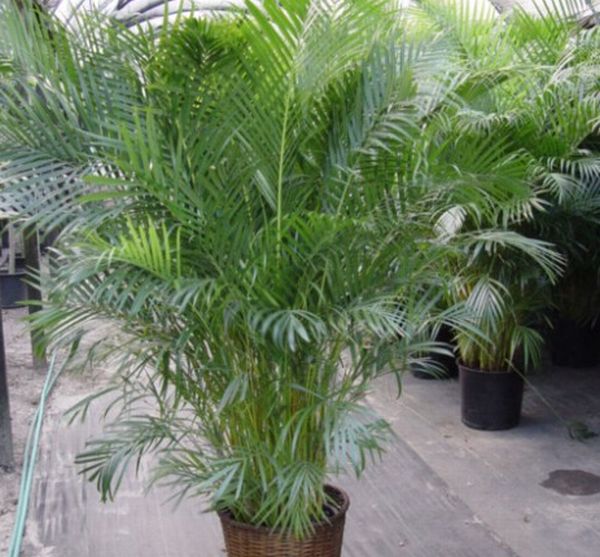
The Areca Palm is a very popular indoor plant and has been tested as the best in detoxifying the air indoors. The plant looks like a small tree or a shrub with long feather-like fronds. Palm trees do need some amount of sunlight as they cannot thrive in dimly lit areas, leading to the withering away of its lower fronds. Hence, semi sunlight would be optimum for these plants. These plants keep themselves moist, however they do require more water during the summers as their soil begins to get dry. However, beware of over watering these plants as they are sensitive to excess water which ultimately leads to root rot. Fertilizer inputs during the autumn season are ideal, but make sure that it is adequate as excess fertilizing can turn the green foliage to yellow. The Areca Palm fronds attract spiders, so try to keep the fronds clean.
2. The Lady Palm
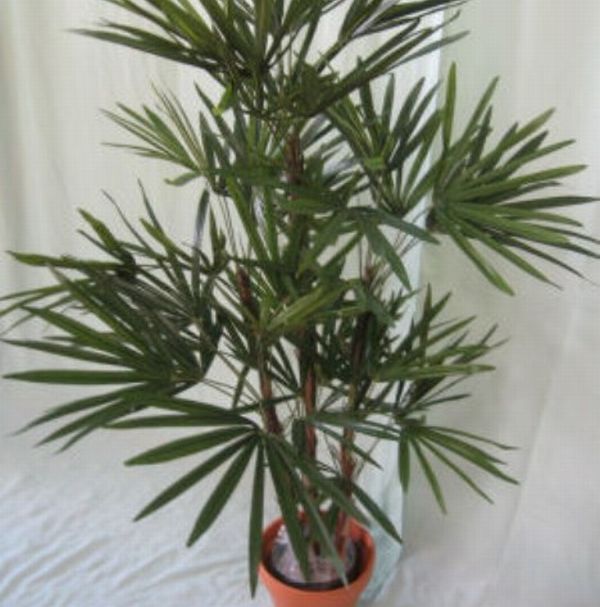
The Lady Palm is originally from South China and is a great indoor plant that is a favorite around the world. These plants get acclimatized to various soils, environments and climates and are blessed with longevity. The Lady Palm is a very easy palm to grow and amongst the best plants that improve indoor air quality. This large palm has fans that comprise of shiny and thick leaves. The Lady Palm can flourish in temperatures ranging from 20′ – 100’F. Since these plants grow slowly, the requirement for fertilizer is very little. They are susceptible to mealy bugs and spider mites. The water required by the Lady Palm is very little as they are sensitive to over-watering. The optimum sunlight for them would be light, as over exposure to the direct sun could leave the leaves bleached and spotted.
3. The Bamboo Palm
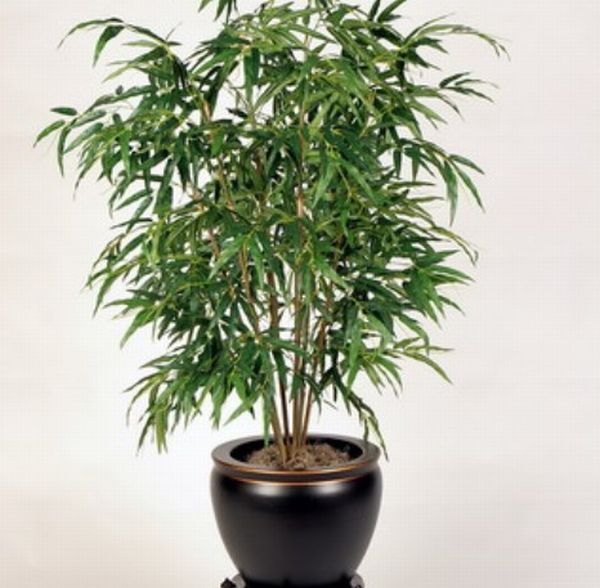
The Bamboo Palm is a cheap indoor plant that greatly enhances the air quality indoors. The Bamboo Palm is also known as the “Reed Palm” and is a relatively low-maintenance plant that prefers natural rainwater to tap water. Keep the plants clean as they are susceptible to mealy bugs and spider mites. Make sure that you provide these plants indirect sunlight and water it moderately.
4. The Rubber Plant
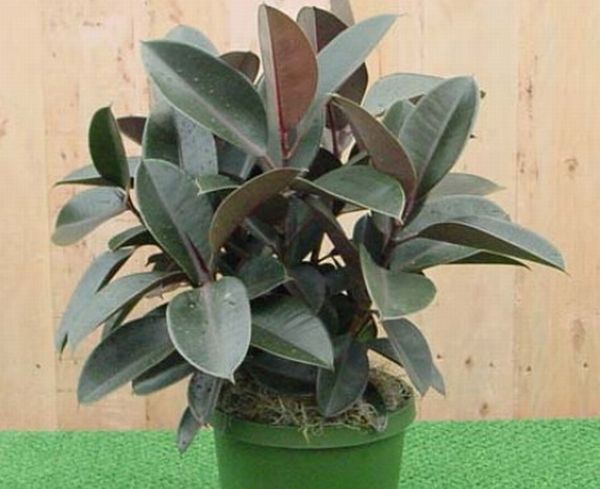
The Rubber Plant is a tough indoor variety as it can survive in minimum light and has the capacity to withstand cool temperatures. However, the best place for these plants would be under semi-shade or semi-sun. The Rubber Plant is particularly known for absorbing chemical toxins from the air and also very easy to grow. The Rubber trees can grow as tall as 6-10 ft and can be pruned. They have large leathery and glossy leaves and come in various dark green colors. The Rubber Plant requires frequent fertilization particularly during the active growth period. Over-watering is again a problem and leads to infestation by mealy bugs. The only thing to watch out for would be to make sure that kids do not come into contact with the sticky white-colored sap which can lead to stomach infection or skin irritation when either consumed or touched.
5. The Dracaena
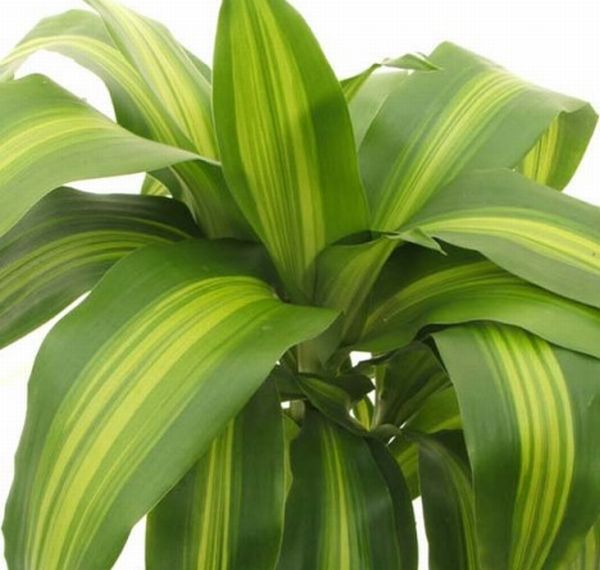
The Dracaena can come in a variety of colors and tones and is a great indoor plant. Also known as the “Lucky Bamboo”, this plant is a lively asset to either the office or home. These plants are originally from Southeast Asia, Africa and Central America and are basically found in desert areas. The most popular dracaenas are the “Dracaena rikki” that has dark green leaves, the “Dracaena marginata” having leaves with red edges, the “Dracaena Fragrans” having green leaves with yellow stripes and the “Dracaena deremensis” that has a striped pattern on its leaves. These plants are quite easy to grow but you must make sure that the compost is clog-free and peat-based as excess water does not do well with these plants. Direct sunlight is again not suitable and you must ensure fertilization of the plants every fortnight or so. Stem rot is another problem that arises due to over-watering; hence make sure that the water is adequate.
6. English Ivy
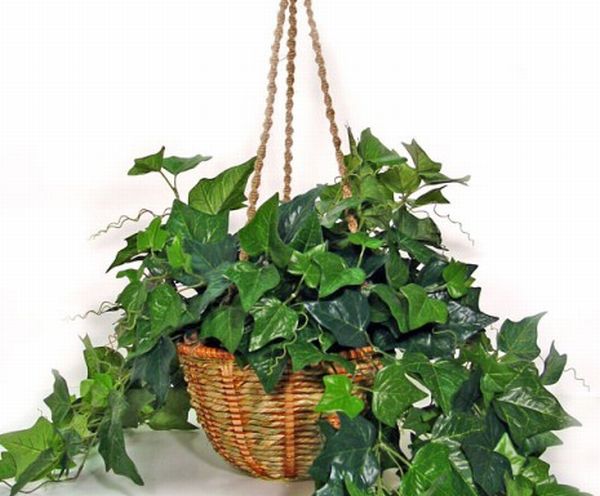
English ivy has been proved to effectively clean toxic chemicals in the air helping you to breathe easier – according to a research. The research also states that various allergens such as animal feces and mold can also be cleaned with the help of the English Ivy plant. This is a cheap air-cleaning natural device. However, the plant is toxic and children/animals should be kept away from it.
7. The Dwarf Date Palm
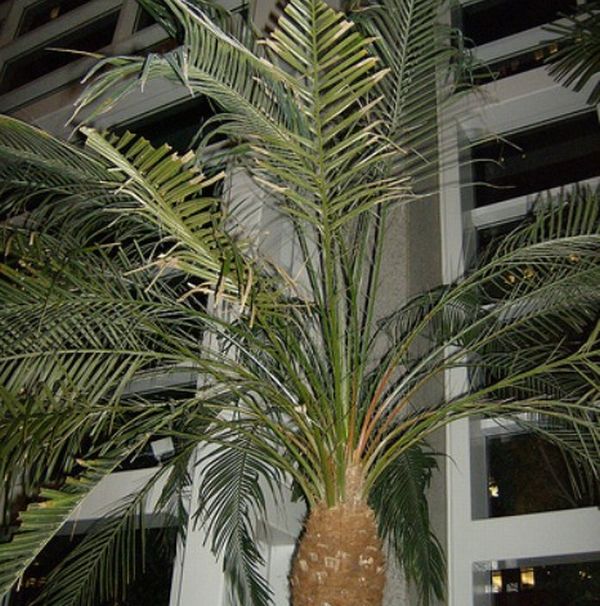
The Dwarf Date Palm is the smallest of the date palms and can be grown in a container. The trunk of this particular palm plant has a diameter of 10-15 cm and has diamond shaped leaves that are spiny at the bottom. The plant can rise to a height of four feet and then starts developing a trunk. It is originally from Africa and Tropical Asia and can withstand high temperature and high humidity levels as well. Indirect sunlight works best for this plant. It is very effective in doing away with toxic xylene and formaldehyde and xylene from the air.
8. The Ficus Alii
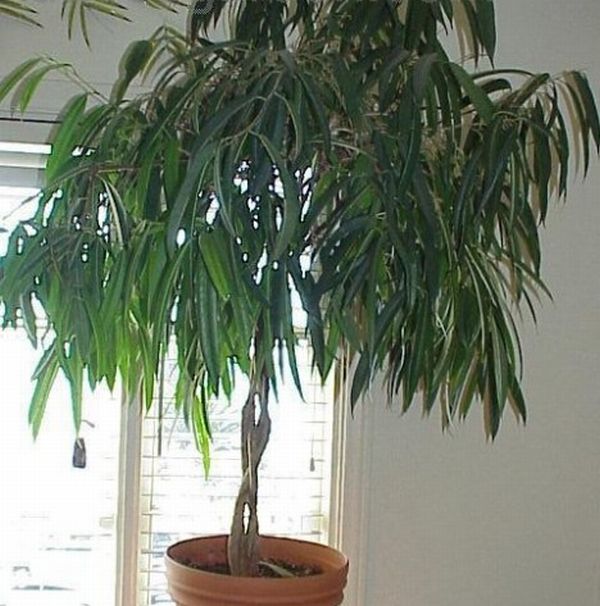
The Ficus ‘Alii’ stands for “king” in the Hawaiian language and is a plant that has dark green narrow leaves that droop downwards. The plant is a slow grower and during the active growth period, the new leaves have a pink tint, which stand out against the darker green leaves. This plant is a native of South-East Asia, South Asia, and South-West Milanesa (Australia). In case you are allergic to latex, then you must wear gloves and then handle the plant. Wearing safety goggles is a good way to protect your eyes during pruning. Cover your furniture and the floor as the latex (liquid rubber) can stick to them. If the latex, drips onto the surface, then clean it quickly and if it drips on to your skin, then remove it with an alcohol dipped cloth. Always check the moisture level before watering the plant so as to avoid over watering. This plant is susceptible to a gray mold condition called ‘botrytis cinerea’, a disease called ‘anthracnose’ and another fungus condition called ‘phomopsis’.
9. The Boston fern
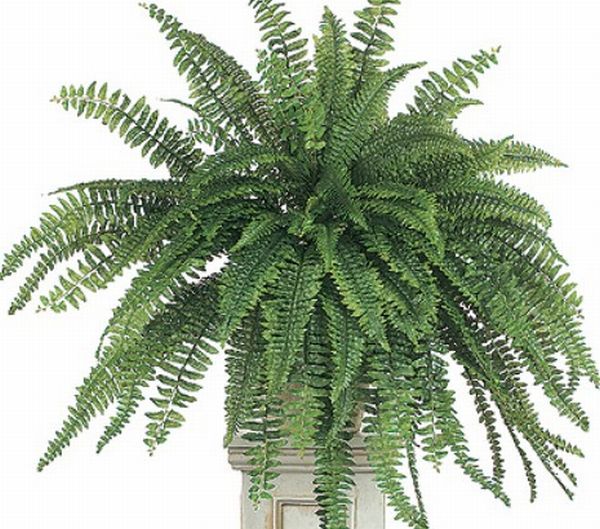
The Boston Fern also known as the Nephrolepis exaltata, is very efficient at absorbing the toxic formaldehyde from the air. This plant spreads and can be contained in a basket. The fronts of the Boston Fern can grow up to three ft. in length and spread across 6 inches. This popular indoor plant is also non-toxic in nature, though it can cause allergies in some pets. This plant is also resistant to over watering and thrives well in humid conditions. The optimum place to keep this plant indoors is either in semi-sun or bright filtered light.
10. The Peace Lilly
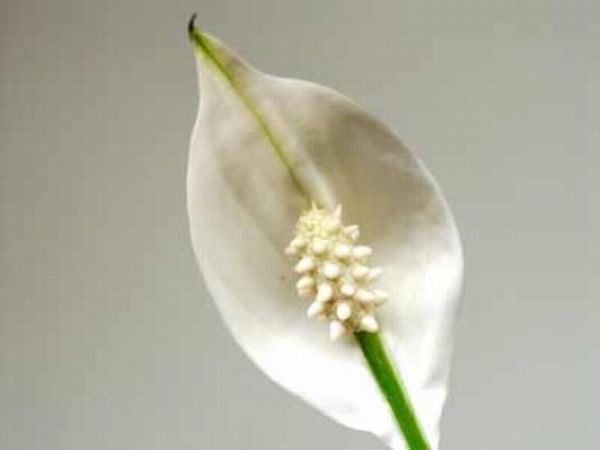
The Peace Lily can come in various sizes with many flowers and plenty of green leaves. However, the only thing that you must take care of is over watering, excess exposure to heat and over-fertilization. The most peculiar aspect of a Peace Lily is that it flowers only once, after which the green leaves remain. Each flower reaches its end by losing its color and then turns green. If the plant starts to droop, then it is an indication that it needs watering.
Original article and pictures take ecofriend.com site
Комментариев нет:
Отправить комментарий